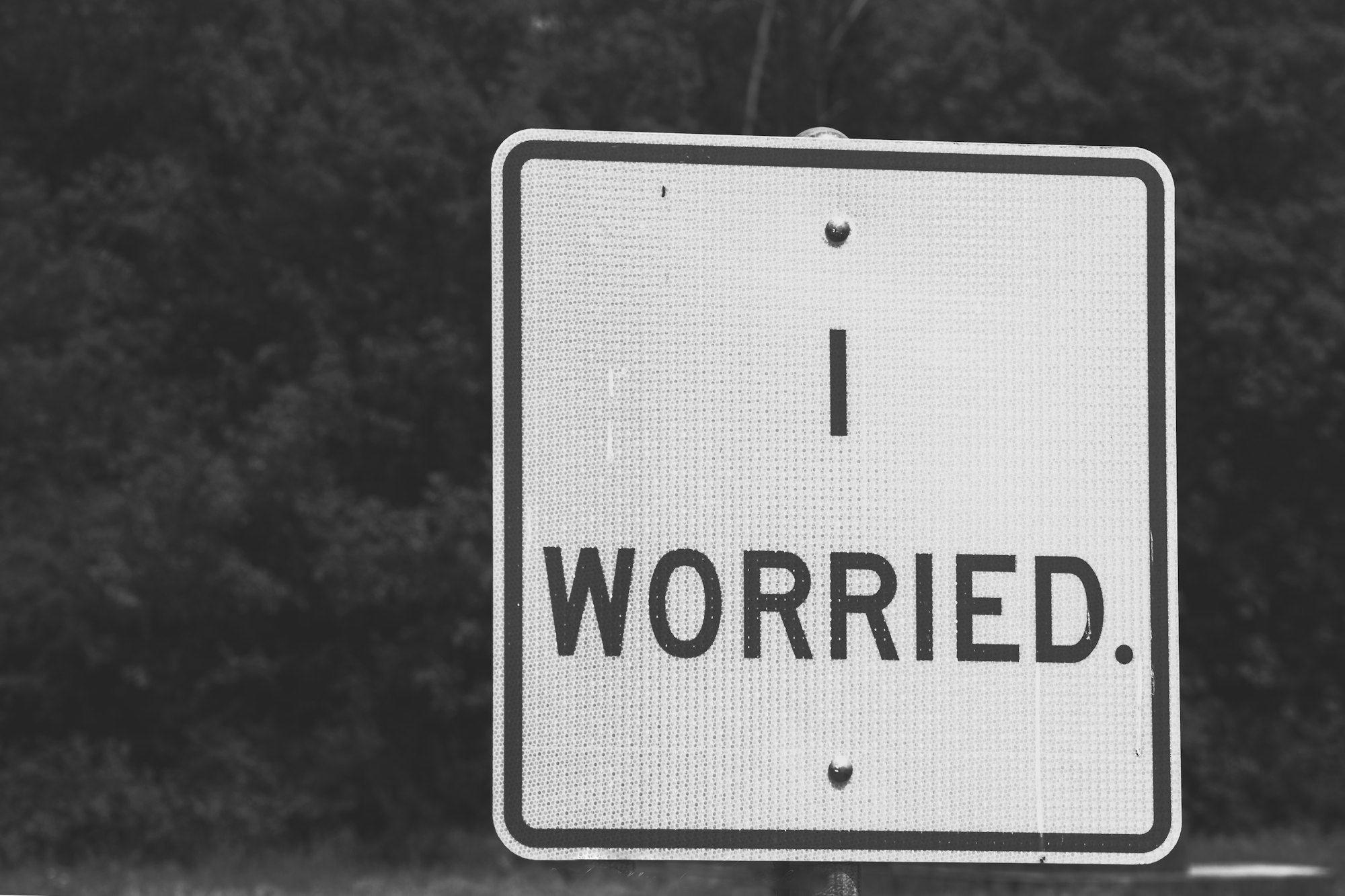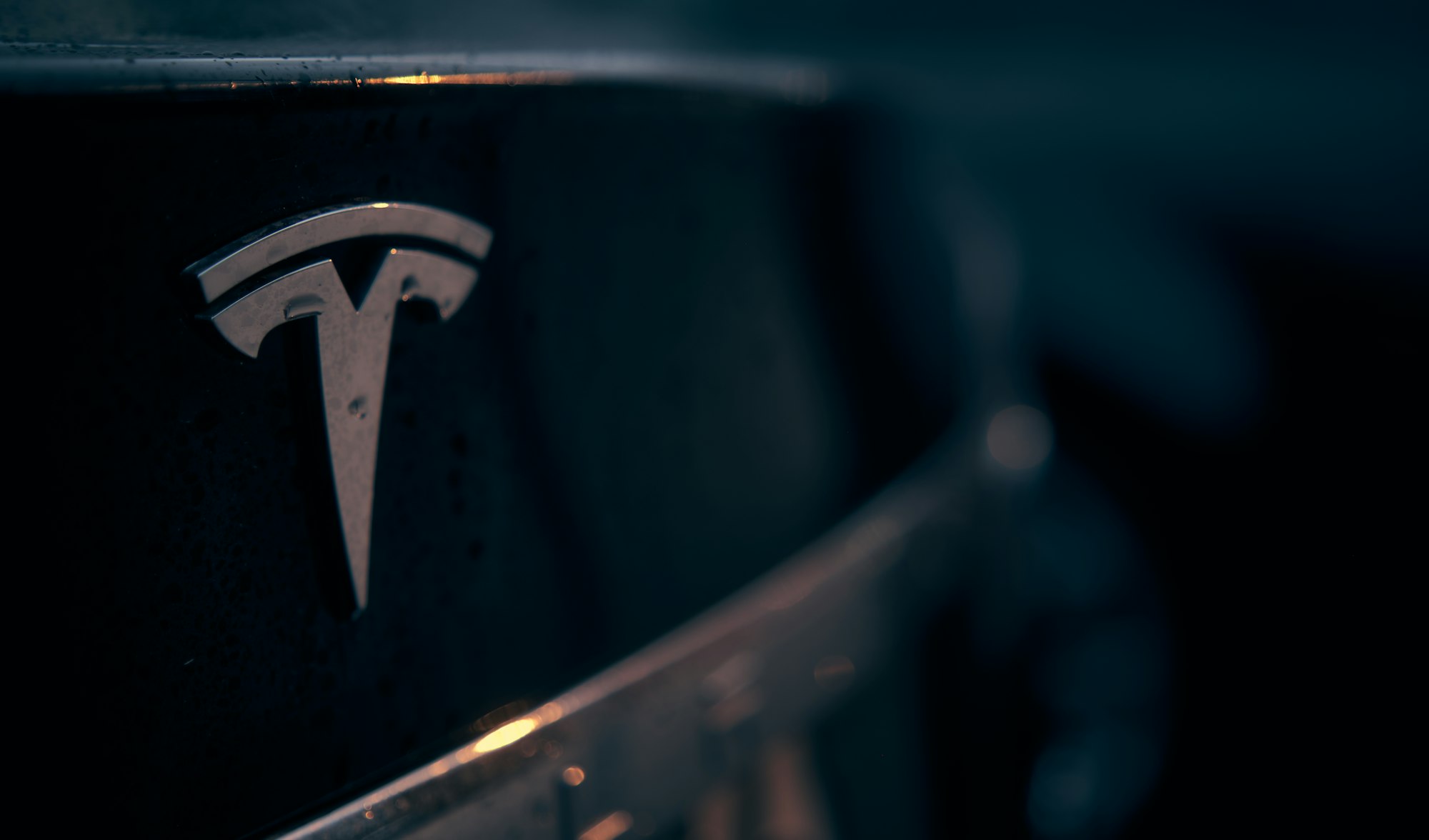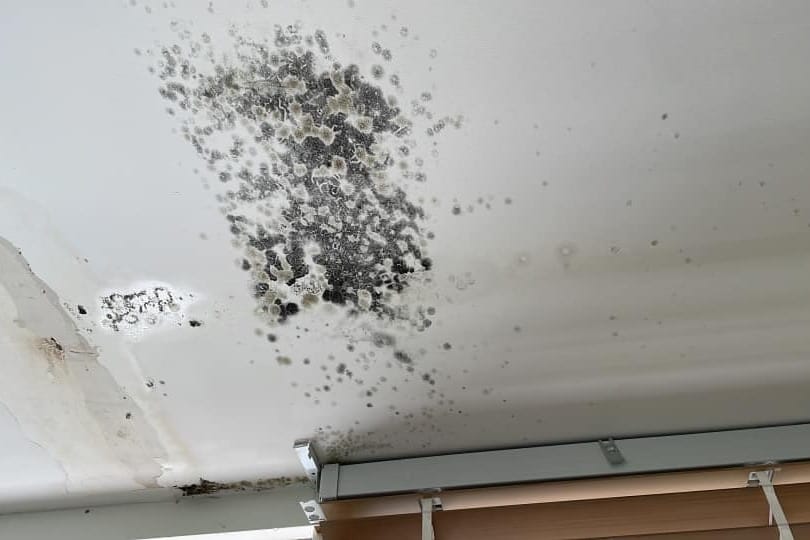Why the right hard hat matters on site
On any construction site, the hard hat is the difference between a near miss and a hospital visit. Also called safety helmets, construction helmets, or construction hats, they’re a core piece of personal protective equipment designed for head protection against falling tools, swinging loads, flying debris, and accidental contact with electrical hazards.
A modern hard hat isn’t just a plastic shell. Today’s hard hat shell is often high-density polyethylene (HDPE) or carbon fiber for durable materials and lightweight design. Inside, an adjustable suspension system—typically a 4-point suspension system or more—spreads the force of impact so it doesn’t concentrate at the top of the head. Good designs deliver a comfortable fit that you can wear all day without fuss.
Not all hard hats are the same
You’ll see different classes and ANSI type ratings printed inside the shell. In the United States, OSHA requirement (the OSHA standard) points to ANSI standards (often written as ANZSIC or ANSI/ISEA Z89.1) that define impact performance and electrical protection. In short:
- Type I protects mainly the crown (top).
- Type II adds side impact for superior impact protection.
- Class E is for high voltage exposure,
- Class G for general electrical resistance, and
- Class C for comfort and venting (no electrical shock protection).
In this post, we’ll explain when you need a hard hat (by project types and tasks), walk through different materials and type of helmet options, unpack safety standards and safety requirements, and present our Top 5 Best Hard Hats for Construction in 2025—complete with a transparent scoring criteria, scores, and a clean comparison chart.
Whether you’re kitting out a crew or buying your first hard hat, we’ll help you find the right fit and the best product for your specific needs.
When you need a hard hat in construction (project types)
If you’re on a construction site, there are plenty of moments when head protection isn’t optional — it’s a legal requirement tied to your work environment and safety standards. Any task with overhead hazards needs a certified safety helmet/construction helmet (a.k.a. hard hat or construction hats):
- Demolition & strip-out: Falling debris, tools, and pop-loose fixings can strike the top of the head at speed.
- Structural framing & steel erection: Dropped spanners, shifting members, or crane loads = real head injury risk.
- Scaffolds, formwork, and elevated work platforms: Overhead rigging and moving materials.
- Electrical works: Contact or arcing near live plant warrants the right ansi type/class for electrical protection (e.g., Class E/Class G vs Class C).
- Excavation & services: Trench shields, lifting pipes, and machine buckets moving above you.
- Roofing & cladding: Sheet edges and tools slide off roofs faster than you can duck.
- Concrete & rebar work: Vibrators, rebar bundles, and line-pumps create unpredictable trajectories.
- Plant operations & logistics: Forklifts, telehandlers, and cranage create suspended-load zones.
Site rules often specify “hard hat area” from site entry, full stop. Safety inspectors and supervisors expect visible compliance, and many employers/PCBUs provide model-specific helmets to match tasks, electrical hazards, or high temperatures/extreme heat exposure.
Different hard hat types
Think of the world of hard hats in three quick lenses:
impact type, electrical class, and form factor.
Impact Type (ANSI/ISEA Z89.1 shorthand)
- Type I – Designed for impacts to the top of the head (vertical blows).
- Type II – Adds side impact for more comprehensive protection and superior impact protection (top + lateral).
Electrical Class (ANSI classes)
- Class E – “Electrical” up to 20 kV test (high voltage/electrical resistance); non-vented shells.
- Class G – “General” up to 2.2 kV test; non-vented shells.
- Class C – “Conductive”: vented hard hat/vented full brim options for comfort; no electrical shock protection.
Form factor
- Cap style – Traditional short brim front, great for tight spaces and earmuff clearance.
- Full brim hard hat / full-brim hard hat – All-round shade for UV rays and rain; easy to spot on site; can improve drip-line.
- Climbing-style safety helmets – Often add chinstraps and side impact (some align with EN12492 in addition to ANSI standards).
- Bump cap – Lightweight head bump protection for very low-risk tasks; not a substitute where a certified hard hat is required.
Top 5 Best Hard Hats for Construction in 2025
Below are five field-proven helmets covering different needs: heat, electrical, comfort, and accessories.
We’ve selected models with solid availability, parts support, and published specs.
Scoring criteria for the 2025 picks (weights and why they matter)
- Protection & Certifications (30%) – ANSI standards (often written as ansi z / ANSI/ISEA Z89.1), ansi type (I/II), electrical protection class (E/G/C), and real-world protection such as side impact and chinstrap options.
- Fit & Suspension (20%) – Ratchet quality, height adjust, Fas-Trac III/adjustable suspension system, chinstrap compatibility.
- Comfort & Wearability (15%) – Weight, venting options, sweatbands, comfortable fit for long shifts.
- Durability & Materials (10%) – Durable materials (HDPE, ABS/PC-ABS, phenolic), UV/weather resistance.
- Visibility & Brim (5%) – Full brim hard hat options, hi-vis shells/reflectives.
- Compatibility & Accessories (10%) – Accessory slots, visors/face shields, earmuffs, lamps.
- Value & Availability (10%) – Broad distribution (AU/NZ/United States), spares (hard hat accessories) and new hard hats stocked.
Score/100 = weighted composite across the above.
1) MSA V-Gard H2™ Safety Helmet (Type II, options for Class E/C; vented or non-vented)

Why it’s a top choice: A modern successor in the V-Gard line with Type II impact (top + lateral), optional Mips® rotational tech, and both vented and non-vented shells — meaning you can choose Class E (non-vented) for electrical hazards or a Class C vented shell for hot climates. Strong accessory slots and compatibility with the vast V-Gard ecosystem.
- Standout features: Integrated chinstrap anchor points; optional Mips®; antimicrobial pads; clips for headlamps; company logos customisation; variety of colors.
- Best for: Mixed crews needing comprehensive protection across civil, building, and plant with one family of gear.
- Trade-off: Non-vented Class E is warmer than the vented hard hat (Class C) variant.
Score: Protection 29/30; Fit 18/20; Comfort 13/15; Durability 9/10; Visibility/Brim 4/5; Accessories 10/10; Value 8/10 = 91/100.
2) MSA Skullgard® Full Brim (Phenolic, heat-oriented)

Why it’s a top choice: Famous for hot-work zones. Skullgard is tested to radiant heat until the shell’s top of the head reaches ~350°F (about 177°C) then tested to ANSI for impact. Excellent for foundries and steel fabrication where high temperatures and extreme heat exist. Full brim gives extra shade and drip protection.
- Standout features: Phenolic outer shell; heat-oriented build; compatible accessory slots and upgraded suspensions.
- Best for: Workshops and mills, hot-work, and summer roof lines where heat soak is serious.
- Trade-off: Heat-best, but heavier than lightweight ABS/HDPE; check electrical resistance status for your task.
Score : Protection 27/30; Fit 17/20; Comfort 11/15; Durability 10/10; Visibility/Brim 5/5; Accessories 8/10; Value 7/10 = 85/100.
3) Klein Tools Premium KARBN™ Vented Full Brim (Class C, Type 1)

Why it’s a top choice: A full-brim hard hat with adjustable vents for airflow and a rugged PC/ABS shell with a carbon-look film. Excellent accessory slots, easy one-hand ratchet, washable pads, and clever front/back lamp mounts. A very comfortable hard hat for long, hot days — with the modern look many crews like. Class C means no electrical shock protection.
- Standout features: Adjustable vents; front/back headlamp mounts; EN side-impact features on select models; must-have accessory ecosystem.
- Best for: General building in hot climates, roofing, carpentry, logistics, where ventilation wins.
- Trade-off: Not for high voltage or live electrical proximity; pick Class E elsewhere.
Score : Protection 22/30; Fit 18/20; Comfort 14/15; Durability 8/10; Visibility/Brim 5/5; Accessories 9/10; Value 8/10 = 84/100.
4) 3M™ SecureFit™ H-700 Series (Type I; broad accessory compatibility)

Why it’s a top choice: The H-700 brings 3M’s Pressure Diffusion tech to the adjustable suspension system, spreading load for comfort. Widely available with accessory slots for 3M earmuffs and face shields, with vented and non-vented variants depending on locale/spec. Lightweight, reliable, and popular across trades.
- Standout features: Low-sitting harness, easy ratchet, washable sweatband; strong hard hat accessories suite from 3M.
- Best for: Multi-trade crews wanting consistent fit and dependable parts supply.
- Trade-off: Mostly Type I; for lateral impact needs choose a Type II option.
Score: Protection 21/30; Fit 17/20; Comfort 13/15; Durability 8/10; Visibility/Brim 3/5; Accessories 9/10; Value 9/10 = 80/100.
5) Pyramex Ridgeline® (Cap or Full Brim; ABS; multiple classes)

Why it’s a top choice: A value workhorse with ABS shell, low weight, and versions spanning Class E/G/C (non-vented vs vented). Easy ratchet, 4-point or upgradeable 6-point suspension, and broad colourways. Strong availability and good best product bang-for-buck for big crews and backup stock.
- Standout features: Very light; converts from 4-point to 6-point; accessory slots; cap or full brim.
- Best for: Site standardisation, training crews, and spare helmets at the job site.
- Trade-off: Fit/finish not as plush as premium lines; check the exact model for ansi type/class.
Score: Protection 20/30; Fit 16/20; Comfort 12/15; Durability 7/10; Visibility/Brim 4/5; Accessories 8/10; Value 10/10 = 77/100.
Care, inspection, and lifespan
A helmet is only as good as its maintenance:
- Daily checks: Look for cracks, dents, chalking, or shell soft spots; test the ratchet and adjustable suspension system; ensure pads are seated and clean.
- Cleaning: Mild soap and water. Avoid harsh solvents on the outer shell.
- Sweat & pads: Washable sweatbands make comfortable hard hats; replace when funky.
- Storage: Keep away from dashboards and direct sun; avoid high temperatures that accelerate ageing.
- Suspension replacement: Plan to swap suspensions at maker-recommended intervals (e.g., annually in heavy use).
- Service life: Many manufacturers suggest replacing the shell at defined intervals or after a significant strike.
- Accessories: Use compatible hard hat accessories and face shields; keep your spare hard hat liner and hard hat sun shades in a clean zip bag.
FAQs: Hard hats for construction
1) Is a hard hat the same as a safety helmet?
Yes. On sites you’ll hear hard hat, safety helmet, construction helmet, site helmet, or construction hats used interchangeably. Always check the label for ANSI standards (often shown as ansi z / ANSI/ISEA Z89.1), ansi type (I or Type II) and class (Class E, Class G, Class C).
2) When is a hard hat mandatory?
Any time there’s a risk of falling objects, swinging loads, or overhead plant — demolition, scaffolds, steel erection, cranage, roofing, services, excavation, or live electrical work. Many sites designate the entire construction site as a hard hat area by safety requirements/legal requirement.
3) What’s the difference between Class E, Class G, and Class C?
- Class E: highest electrical protection/electrical resistance (non-vented).
- Class G: general electrical resistance (non-vented).
- Class C: comfort/vented; no electrical shock protection.
Choose class based on the task’s electrical risk.
4) Type I vs Type II — which should I buy?
Type I protects the top of the head from vertical impact. Type II adds side impact for superior impact protection. If you have lateral hazards (scaffolds, steel, tight logistics zones), Type II is often the safer bet.
5) Are vented hard hats allowed around electrics?
Vented models are usually Class C (no electrical rating) and should not be used near live conductors. Pick a non-vented Class E/Class G helmet for those tasks.
6) What materials are best: HDPE, ABS, phenolic, carbon fibre?
- High-density polyethylene/ABS: common, tough, and light for traditional hard hats/new hard hats.
- Phenolic (e.g., MSA Skullgard): preferred in hot-work zones.
- Carbon fiber shells are light and stiff; many “carbon” patterns are decorative films over PC/ABS. Choose for your environment first, different materials second.
7) How long do hard hats last?
Follow the maker’s guidance. As a rule: inspect daily, replace suspension straps regularly, and retire shells that are aged, cracked, UV-chalked, or after any major strike. Some makers add UV or date indicators.
8) Can I put stickers or paint on my hard hat?
Only use manufacturer-approved decals and locations. Some adhesives and paints can weaken the hard hat shell.
9) What about bump caps?
A bump cap is for low-risk knocks — it’s not a certified best hard hat for falling-object hazards. If it’s an OSHA requirement/OSHA standard situation, you need a certified safety helmet.
10) Which brim is better: cap style or full brim?
Cap style works in tight spaces and with earmuffs. A full-brim hard hat/full brim hard hat gives shade from UV rays and rain and is easier to spot. Choose what suits the work environment and other PPE.
Further Reading




















